18 Hardy Plants Perfect for Clay Soil Gardens
Clay soil can be a challenge for gardeners, but with the right plants, it can also be an opportunity. While it is dense and can retain moisture, many plants thrive in these conditions. Choosing the right species for clay soil is key to creating a healthy, thriving garden. From vibrant flowers to low-maintenance perennials, there are many options that will do well in clay. With a little care and attention, these plants can flourish despite the heavy, compacted earth.
This post may contain affiliate links, which helps keep this content free. Please read our disclosure for more info.
Daylilies
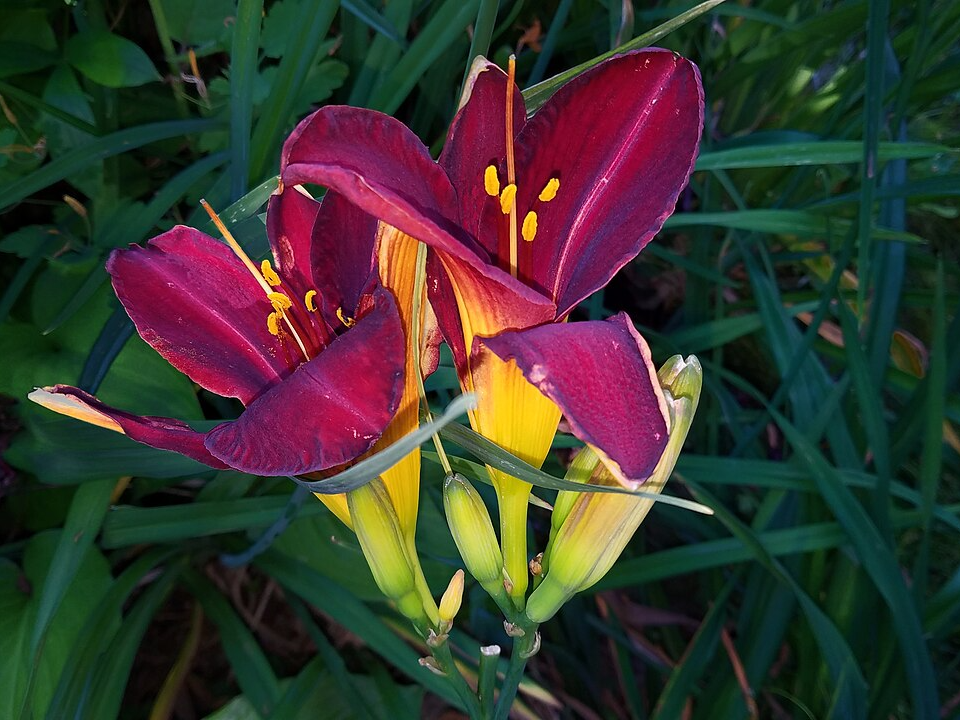
Daylilies thrive in clay soil due to their deep root systems, which allow them to adapt well to compacted soil. These plants are hardy and resistant to drought, making them perfect for a variety of environments. Their vibrant blooms can add a splash of color to any garden, with varieties ranging from yellow to red.
They require minimal care and can tolerate poor soil conditions, including clay. Their ability to grow in tough environments makes them a reliable choice for gardeners working with heavy soil. Daylilies are also quite pest-resistant, making them a low-maintenance option for gardeners.
Black-eyed Susan
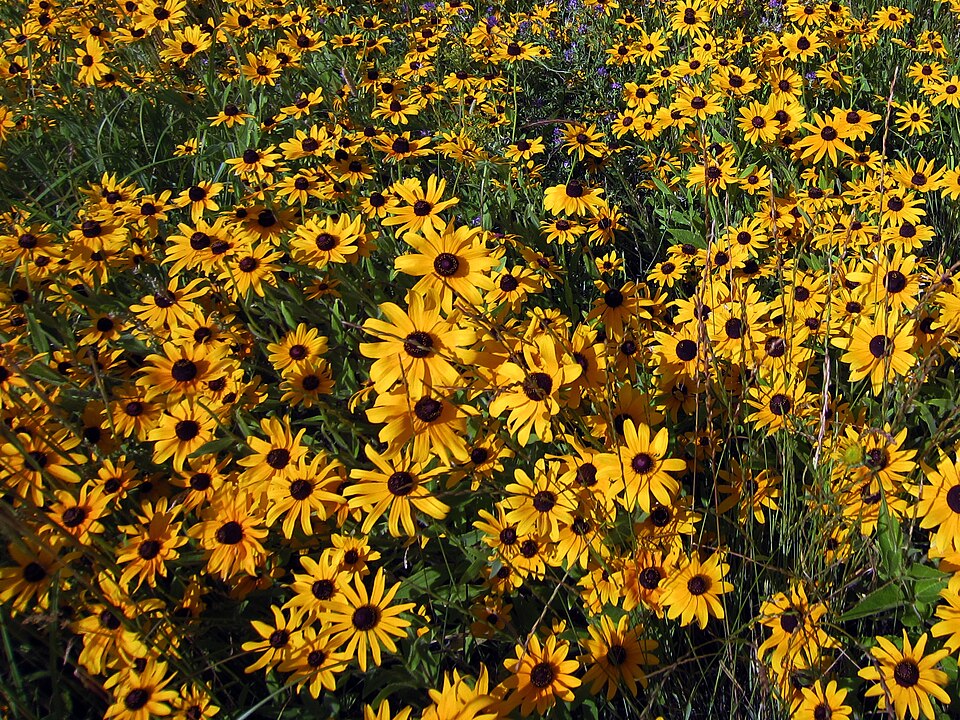
Black-eyed Susan is a native perennial that excels in clay soil, thanks to its tough roots. Known for its bright yellow petals and dark center, this plant thrives in full sun and can withstand a range of soil types, including heavy clay. It is also drought-tolerant once established, making it an excellent plant for areas with fluctuating rainfall.
This plant grows well in tough conditions, and its cheerful blooms attract pollinators like bees and butterflies. Black-eyed Susan is a low-maintenance choice that will continue to bloom year after year, providing color and structure to any garden.
Hostas
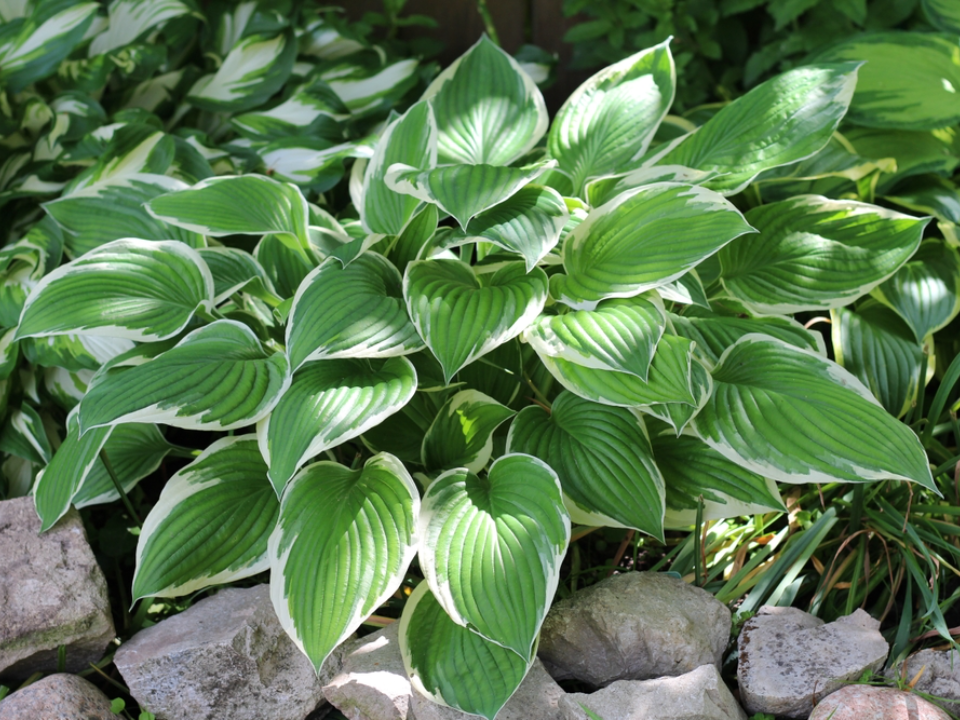
Hostas are well-suited to clay soil, particularly in shaded or partially shaded areas. They have large, attractive foliage and can grow in areas where other plants might struggle. Their root systems are efficient at breaking through dense, compacted soils, making them a great option for gardeners working with clay.
These plants are relatively low-maintenance and come in various shades of green, blue, and yellow. They are ideal for adding texture and color to the shady parts of your garden, and their resilience to clay makes them an easy choice for less-than-ideal soil.
Purple Coneflower
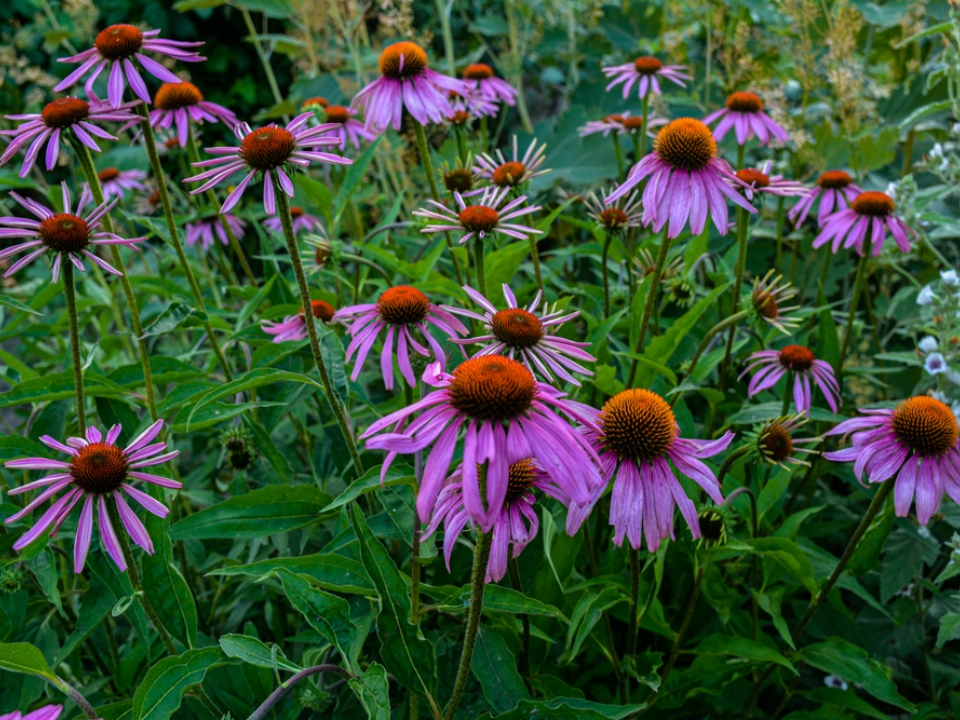
Purple Coneflower is another native perennial that thrives in clay soil, particularly in sunny spots. Known for its vibrant pink to purple flowers, this plant is both beautiful and beneficial for wildlife, attracting pollinators like bees and butterflies. Its taproot allows it to grow even in less-than-ideal soil conditions, making it a solid choice for clay-heavy gardens.
It is drought-resistant once established, meaning it can tolerate clay soil’s sometimes poor drainage. Purple Coneflower is also a low-maintenance plant, requiring only occasional watering and occasional pruning after blooming.
Siberian Iris
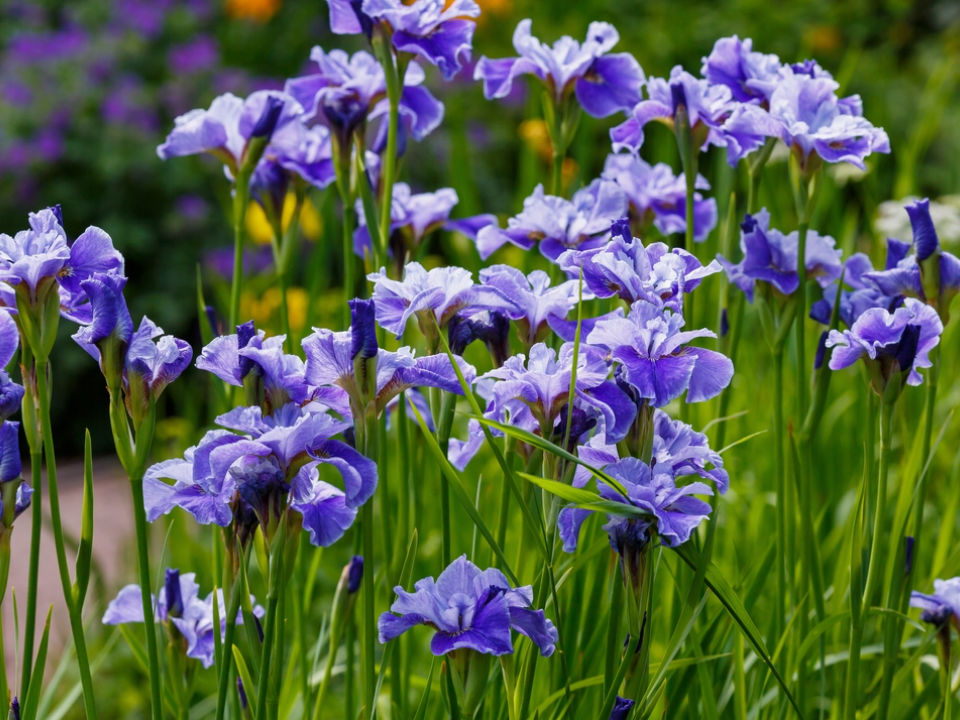
Siberian Iris is a hardy, elegant plant that does well in clay soil, especially in moist conditions. The plant produces striking flowers in shades of blue, purple, and white, which can brighten any garden. Its dense root system helps it thrive in heavy soils by providing stability and resilience against waterlogged conditions.
It is a perennial that can withstand tough conditions, making it a great addition to clay soil gardens. Siberian Iris also attracts pollinators like bees and butterflies, adding both beauty and wildlife interest to your garden.
Sweet Corn
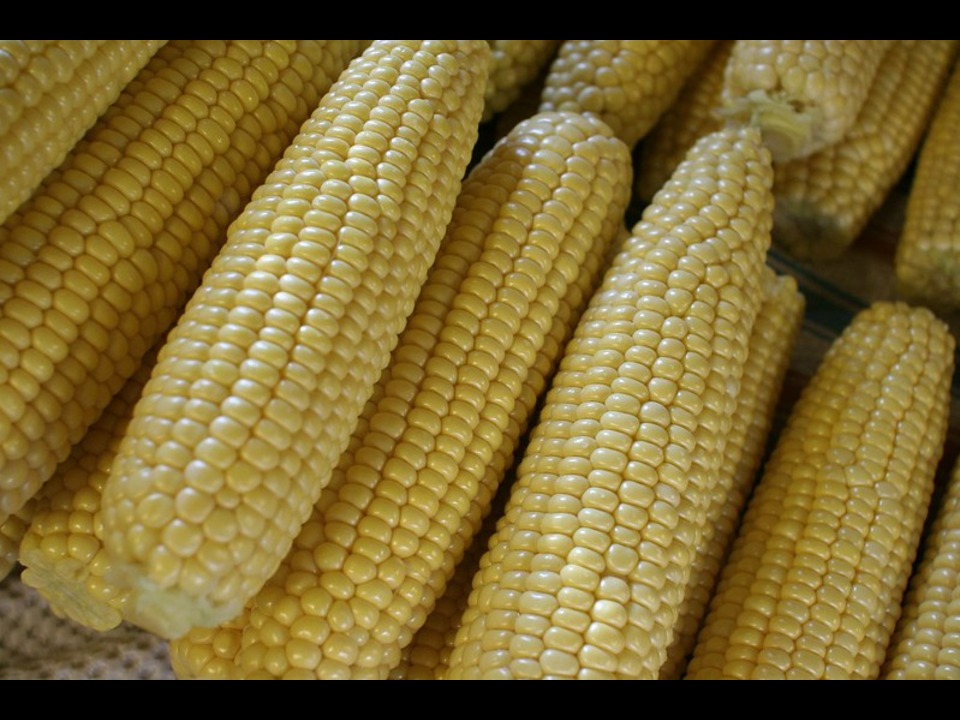
Sweet corn is a great plant for clay soil, especially when it is amended with organic material to improve drainage. The plant grows well in the rich, fertile soil found in many clay-heavy gardens, benefiting from the soil’s moisture retention properties. With its tall, sturdy stalks, sweet corn adds height and structure to the garden.
This vegetable is well-suited for areas with full sun and is relatively low-maintenance. Once established, sweet corn can thrive in clay soil with little more than occasional watering and a regular dose of fertilizer to support growth.
Peonies
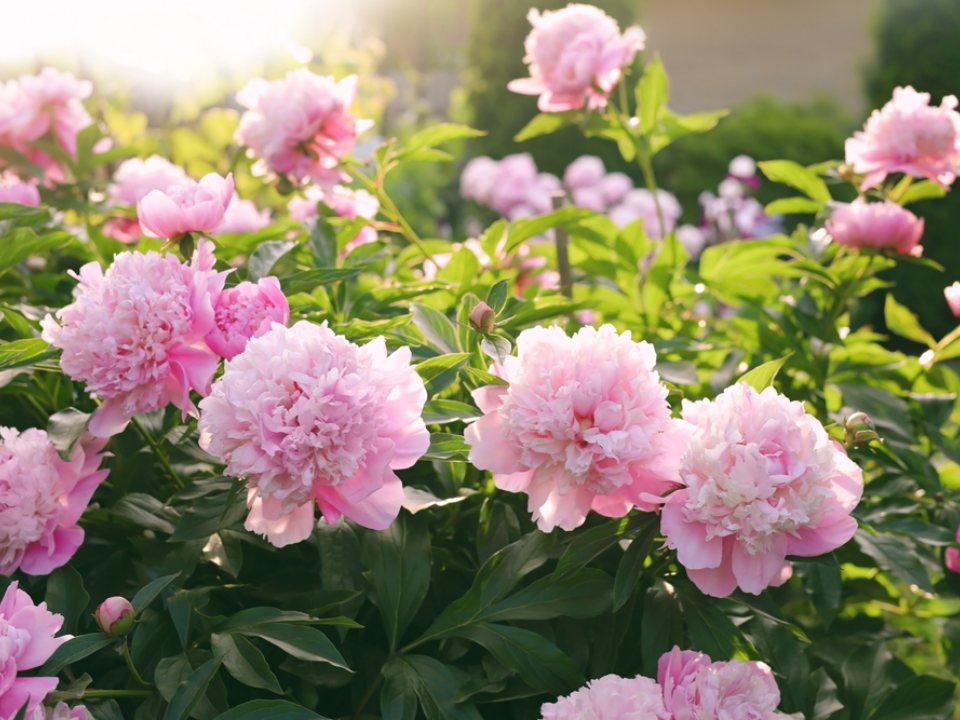
Peonies are known for their large, fragrant blooms that appear in late spring and early summer. They are well-adapted to clay soil, as their root systems are capable of penetrating dense, compacted earth. Peonies prefer slightly acidic soil, and clay, when amended with organic material, can provide the ideal growing conditions.
These plants are long-lived and can bloom for years with minimal care. Once established, peonies require very little attention, making them a rewarding plant for gardeners who are working with heavy clay soil.
Goldenrod
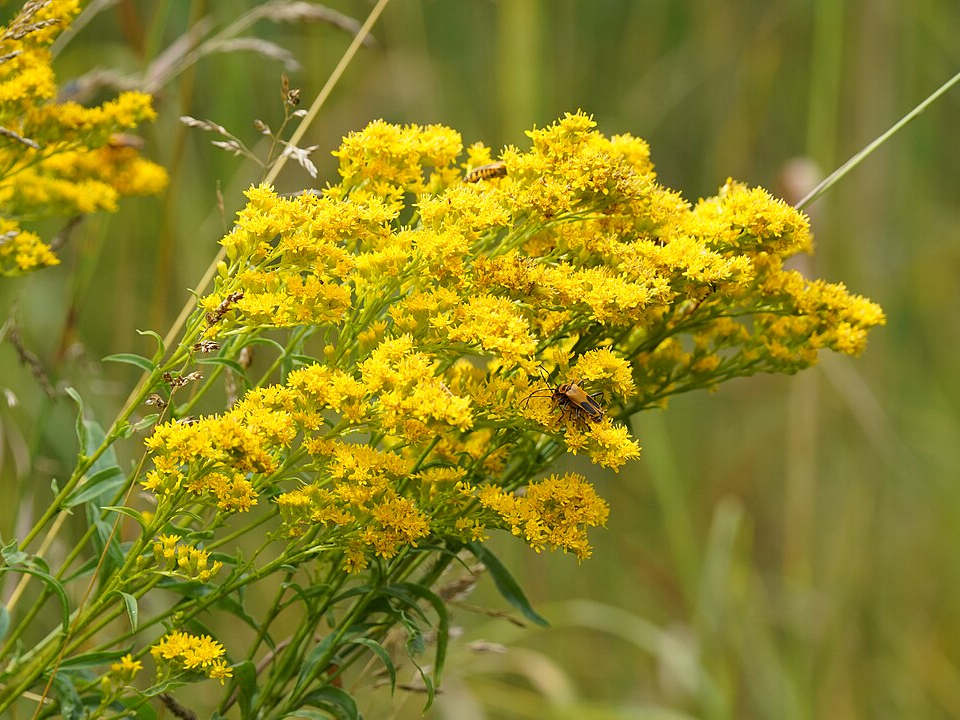
Goldenrod is a hardy perennial that grows well in clay soil, particularly in sunny spots. It produces bright yellow flowers in late summer and fall, making it a valuable addition to the garden when many other plants are starting to fade. Goldenrod is also beneficial for pollinators, attracting bees, butterflies, and other insects.
This plant is highly adaptable to clay soil and is known for its ability to tolerate dry conditions once established. Goldenrod requires very little maintenance and can provide a vibrant, long-lasting splash of color to any garden.
Sedum
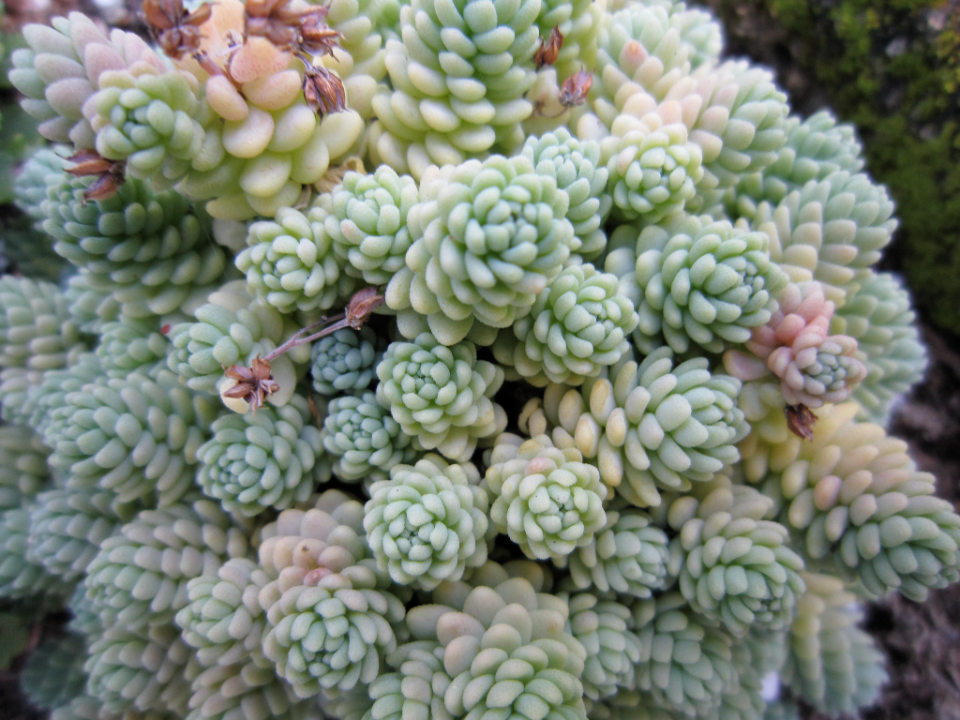
Sedum, also known as “autumn joy,” is a hardy succulent that thrives in clay soil. It has thick, fleshy leaves and stems that store water, making it highly drought-tolerant. Sedum does well in both sunny and partly shaded areas and can add a unique texture to clay-heavy gardens.
This plant is ideal for gardeners looking for a low-maintenance, resilient option. It grows well in poor soils, including clay, and its late-season blooms attract pollinators like bees and butterflies.
Shasta Daisy
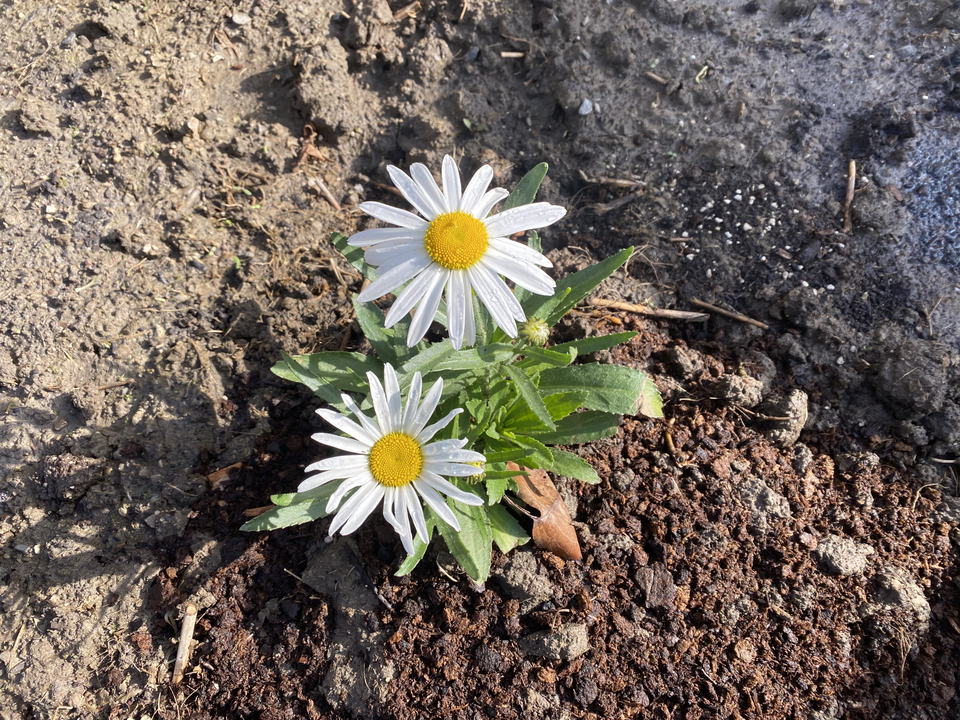
Shasta Daisies are an excellent choice for clay soil, particularly in areas with full sun. Their bright white flowers with yellow centers are a favorite among gardeners, adding a touch of charm to any landscape. The plant is well-adapted to various soil types, including clay, due to its extensive root system.
Once established, Shasta Daisies are quite drought-tolerant and can thrive with minimal care. They are great for creating natural-looking borders and adding brightness to a garden that might otherwise be overshadowed by heavy soil.
Bee Balm
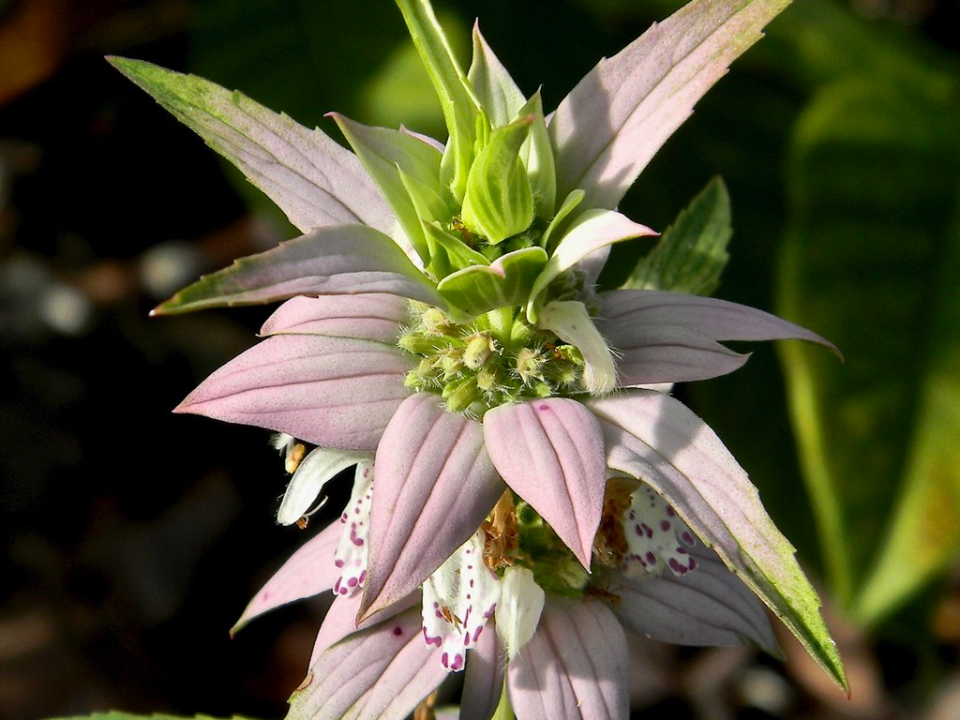
Bee Balm, also known as Monarda, thrives in clay soil, especially when the soil is kept moist. Known for its bright, spiky flowers in colors like red, pink, and purple, Bee Balm attracts pollinators such as bees, butterflies, and hummingbirds. Its ability to tolerate clay soil makes it a great addition to gardens with compacted earth.
This perennial is easy to grow and low-maintenance, making it a good option for gardeners new to clay soil. It thrives in both full sun and partial shade, and its vibrant flowers provide long-lasting color to any garden.
Japanese Iris
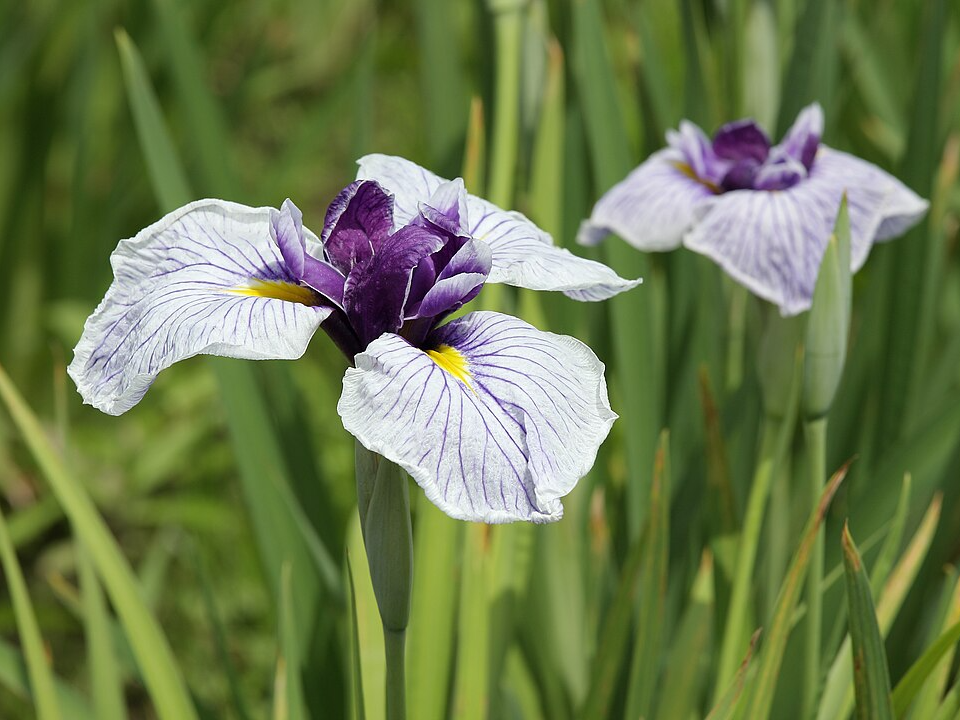
Japanese Iris is a striking plant that flourishes in clay soil, particularly when it is kept consistently moist. With its large, colorful blooms, it adds a dramatic touch to any garden. These irises grow best in areas where the soil retains moisture, making clay soil an ideal environment for them.
Their ability to thrive in wet, clay-rich soil makes them perfect for boggy areas of the garden. Japanese Iris requires little care once established, making it a great choice for gardeners with heavy soil.
Blanket Flower
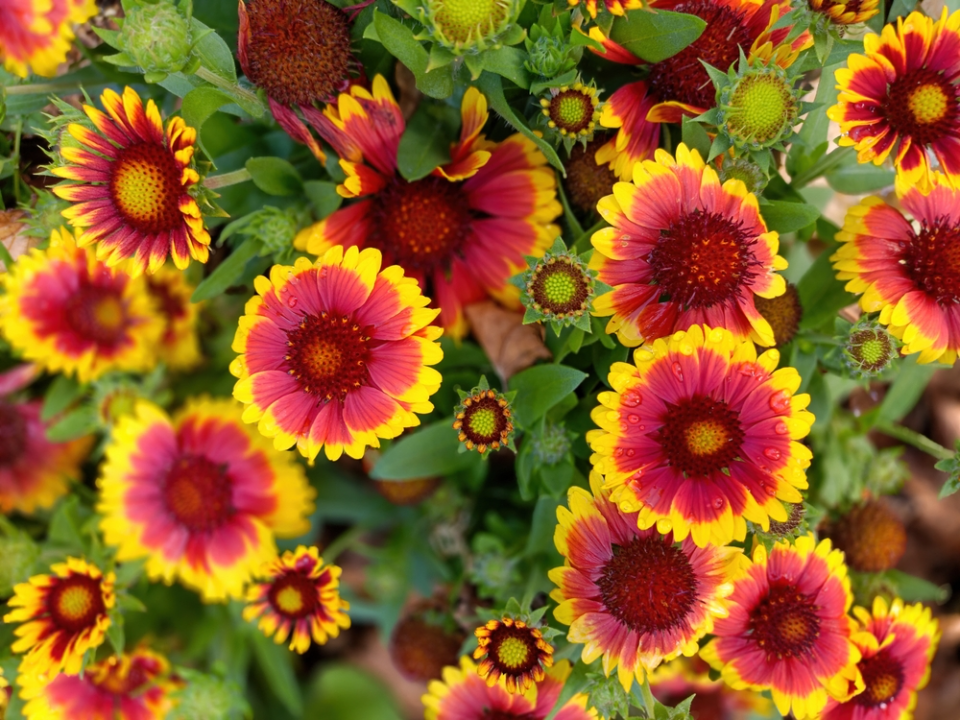
Blanket Flower, or Gaillardia, is a vibrant perennial that thrives in clay soil, especially in full sun. Its bright, daisy-like flowers in shades of red, orange, and yellow are perfect for adding color to the garden. The plant is drought-tolerant once established and can handle the heavy soil found in many gardens.
It requires minimal maintenance and can tolerate poor soil, including clay. Blanket Flower is also resistant to pests and diseases, making it an ideal low-maintenance plant for clay-heavy gardens.
Lamb’s Ear
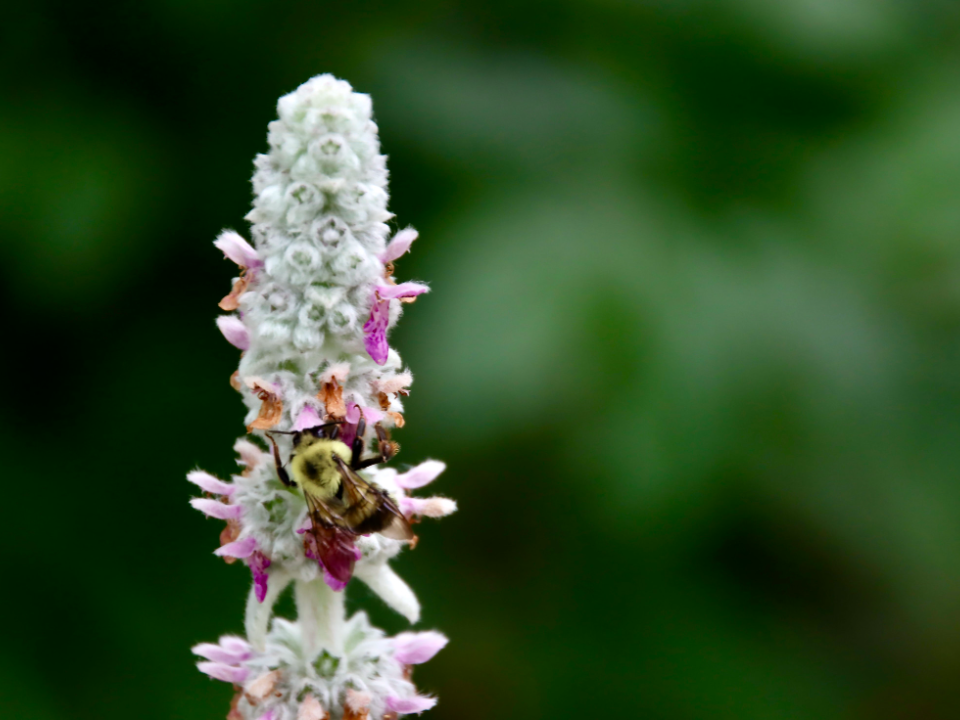
Lamb’s Ear is a perennial plant that grows well in clay soil, particularly when the soil is dry and well-drained. Known for its soft, fuzzy leaves, Lamb’s Ear is an excellent ground cover plant. Its unique texture adds contrast to gardens with more traditional foliage.
It is highly drought-tolerant and can thrive in clay soil with minimal care. Lamb’s Ear also works well in rock gardens or as a border plant, providing a soft, velvety touch to any landscape.
Astilbe
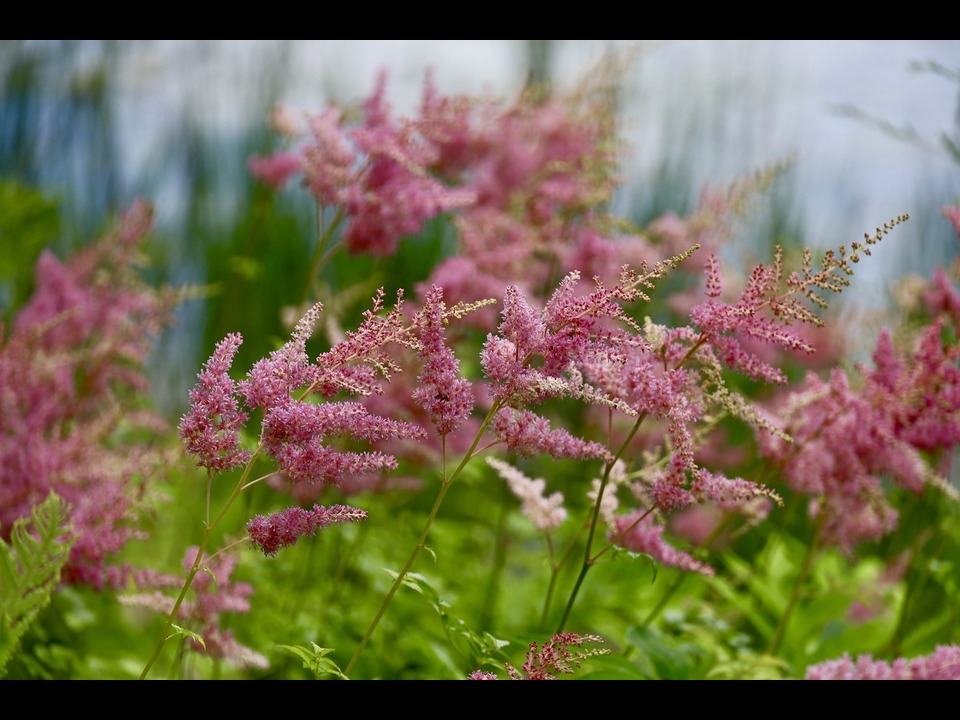
Astilbe is an elegant plant that thrives in moist, well-drained clay soil. Known for its feathery, plume-like flowers in shades of pink, white, and red, it can add a soft, airy look to a garden. Astilbe does best in areas with partial to full shade, making it perfect for clay soils that tend to retain moisture.
It is relatively low-maintenance and can tolerate the dense nature of clay soil once it is established. Astilbe’s attractive flowers also make it an excellent choice for cutting and adding to flower arrangements.
Wild Ginger
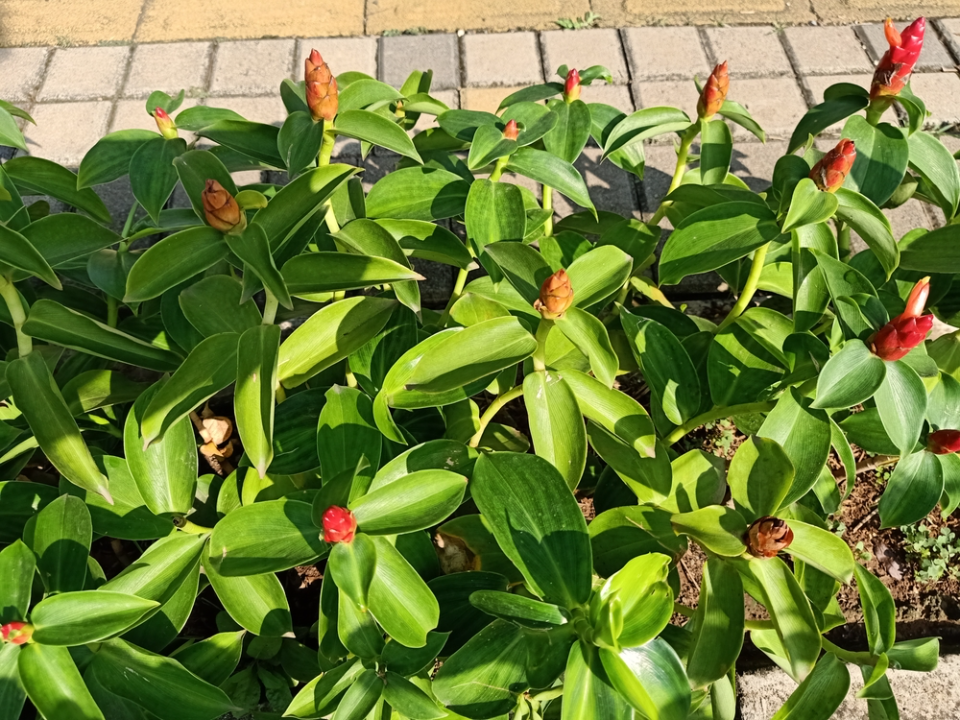
Wild Ginger is an excellent ground cover plant that does well in shaded areas of clay soil. Its heart-shaped leaves and small, bell-like flowers create an understated yet beautiful addition to the garden. Wild Ginger thrives in moist, slightly acidic clay soils, making it ideal for areas with poor drainage.
This plant requires little care and can spread quickly to cover the ground. It is a perfect choice for gardeners looking to fill in areas under trees or shrubs where other plants may struggle.
Coral Bells
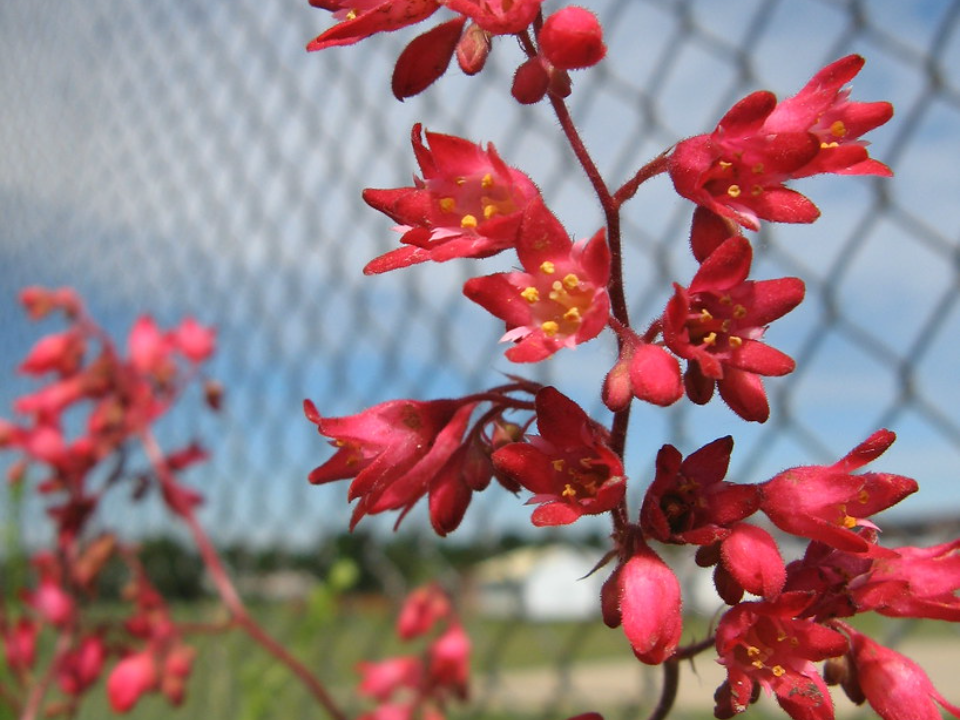
Coral Bells, also known as Heuchera, are known for their striking foliage and adaptability to different soil types, including clay. They come in a variety of colors, from deep purples to bright reds, adding color and texture to the garden. Coral Bells thrive in partially shaded areas, making them perfect for garden spots with heavy soil and less sunlight.
These plants are low-maintenance and will continue to thrive in clay soil with minimal care. They are also great for attracting pollinators like hummingbirds, which are drawn to their delicate flowers.
Sweet Potatoes
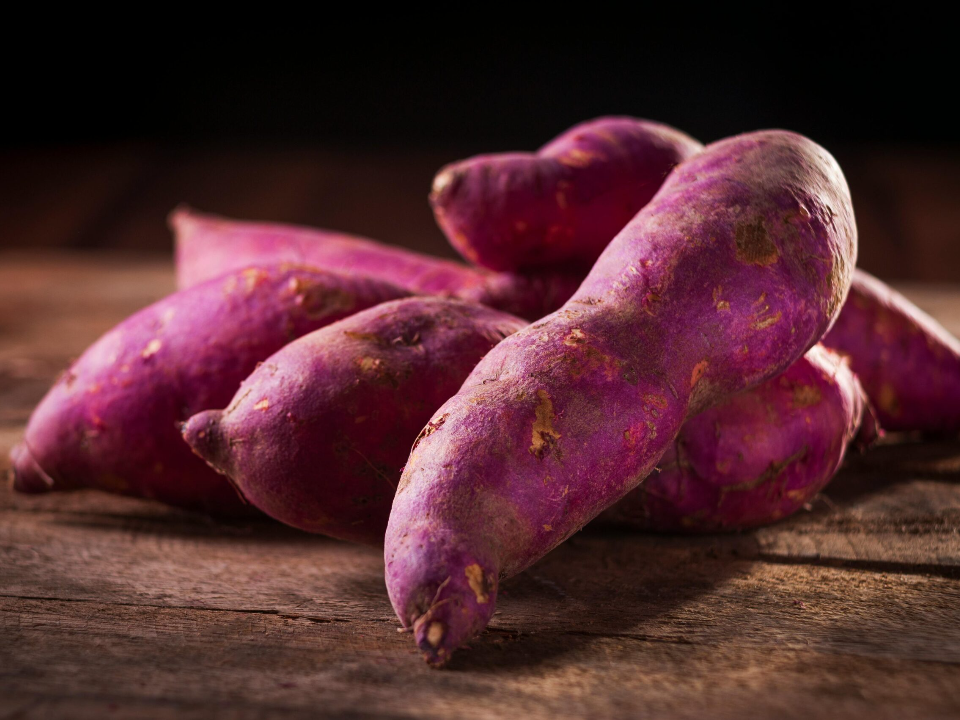
Sweet Potatoes are a great plant for growing in clay soil, especially when it is amended with organic matter to improve drainage. They require full sun and a warm growing season to thrive. Sweet potatoes’ ability to grow in clay-heavy soil makes them a great choice for gardeners looking for a productive and unique crop.
They are relatively easy to grow, and once established, they can tolerate dry spells. Sweet Potatoes also provide the added benefit of being edible, making them a rewarding addition to any garden.
This article originally appeared on Avocadu.
